It’s amazing what you see through the crack in a fence. I was in Devizes recently when I looked through one and saw a collection of rusting cars, some dating back to the 1950s.
I was driving to Caen Hill with its flight of 20 canal locks – but first, I thought, I must find out about these old motors.
So I took the next turn and found myself in the yard of a big waste management company. A chap appeared from one of the buildings to ask if he could help. I asked him who the old cars belonged to.
“They’re the boss’s,” he said. “He’s going to put them in a museum.” Unless I’m opening my wallet, it’s not often my heart skips a beat. It skipped one then. Unfortunately, it was pouring with rain. I drove off, determined to return.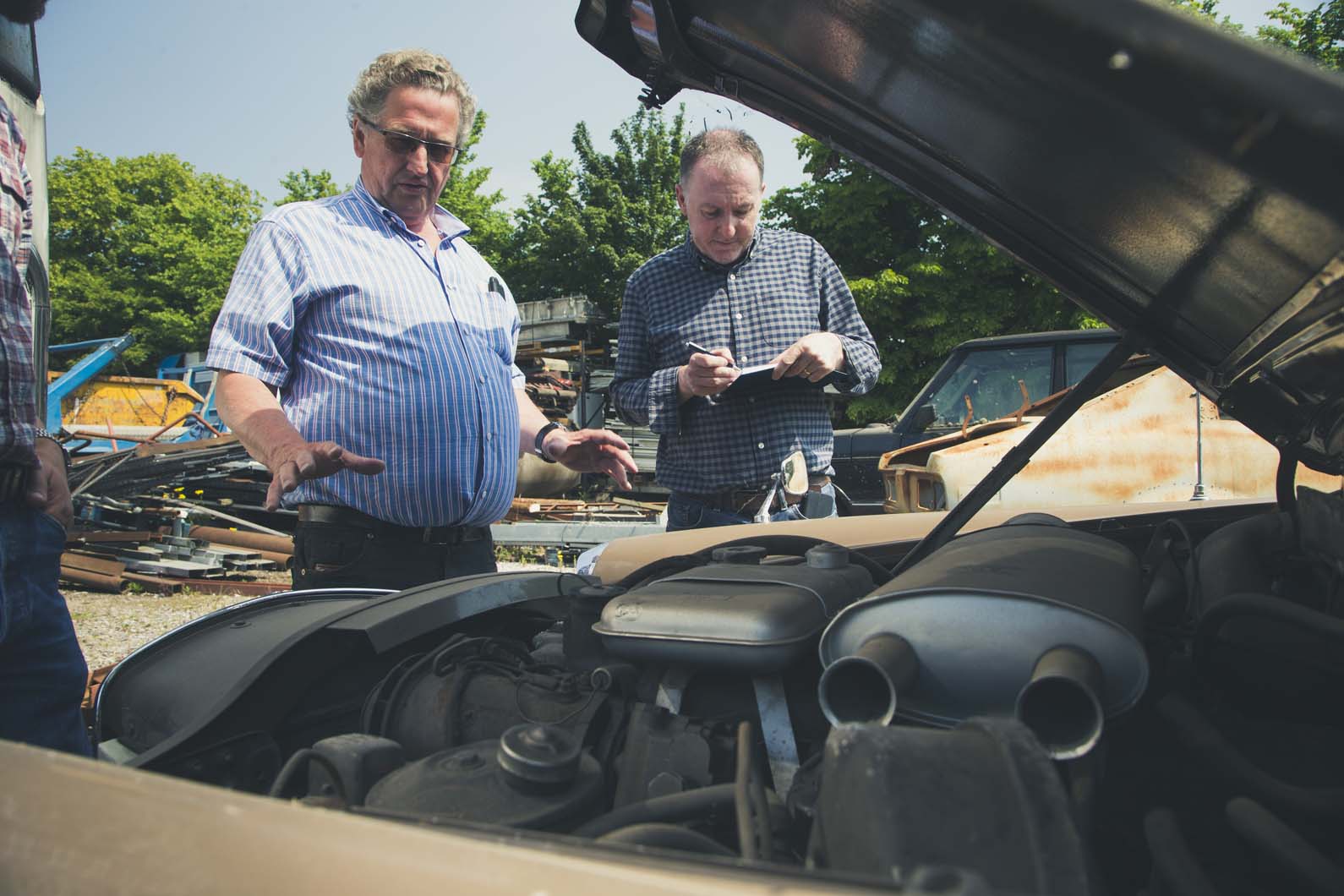
Of course, I shouldn’t have been surprised by the sight of all those old cars. The fact is, scrap cars are a big problem. In 2012, councils reported 40,876 cars as having been abandoned. By 2016, this figure had risen to 147,616.
But these cars are just the ones councils know about. Away from their prying eyes are thousands more relics – some, like the ones in Devizes, locked away in yards or outbuildings, but many more parked up on driveways or in gardens where they sit rotting, often to local residents’ frustration.
Why do people hang onto their old cars when they could have traded them in, sold them or scrapped them? Two car hoarders I encountered give their reasons later, but first I meet that boss of a Devizes-based waste management company who decided to save some old cars rather than crush them...
THE NEARLY CAR MUSEUM
Nigel Grist is the owner of Grist Environmental, a waste management and recycling company he founded 45 years ago with £100 and a 15 cwt Ford Thames pick-up. Those were his cars I’d seen, Nigel tells me when I return to Devizes to meet him. Nigel says he’s been collecting scrap cars ever since he started his business. Those that are too good for the crusher he puts to one side. He has a bodyshop that has restored one or two and plans to display these, along with the most interesting unrestored ones, in a new eco-friendly museum he intends to build on a 50-acre site outside Devizes.
Barn finds of old cars are often in the news but what I see when I round a corner in Nigel’s yard is more like a field find. The few cars I’d glimpsed through the fence that day were just the tip of a ‘carberg’ of old British metal.

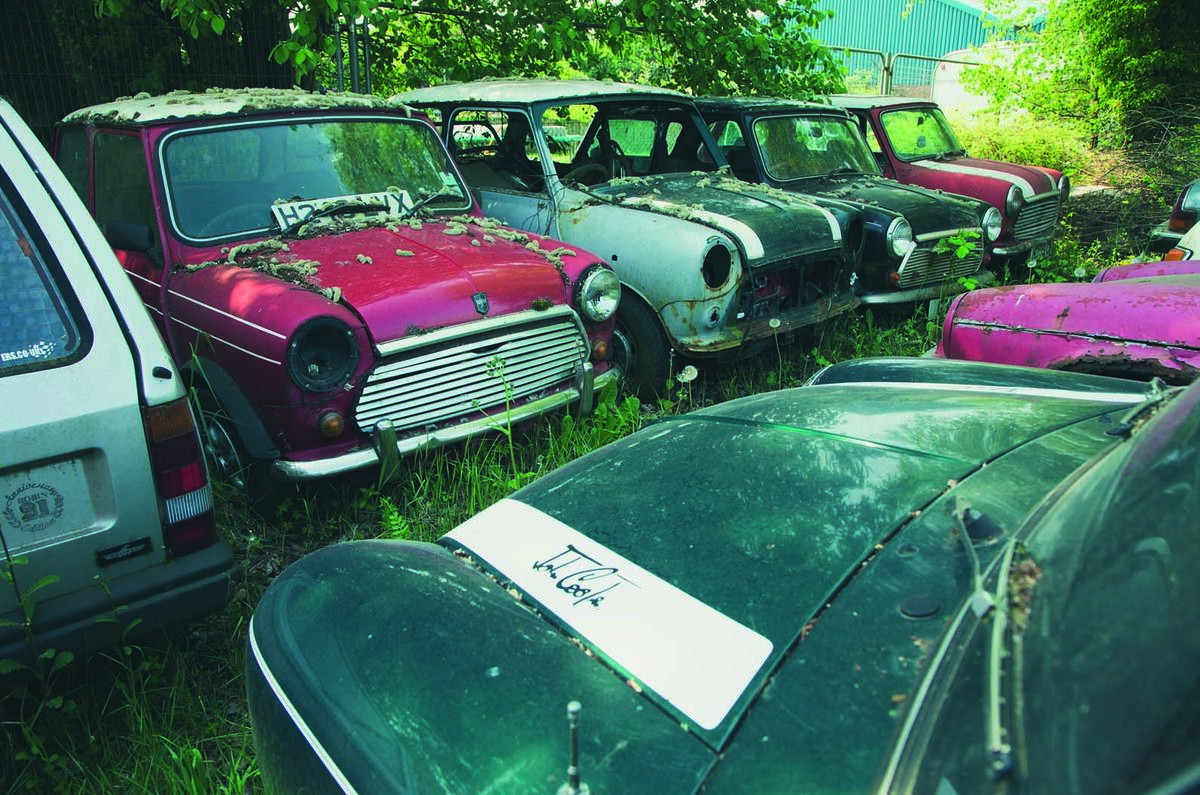

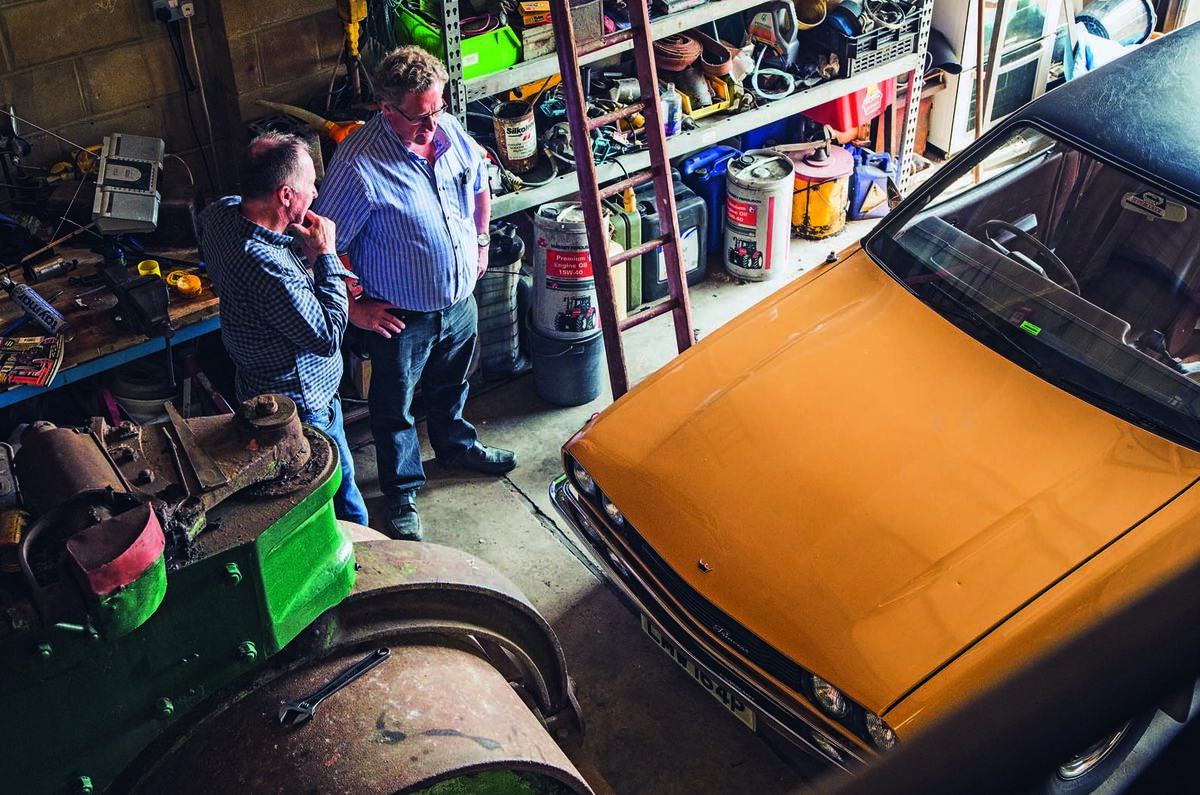
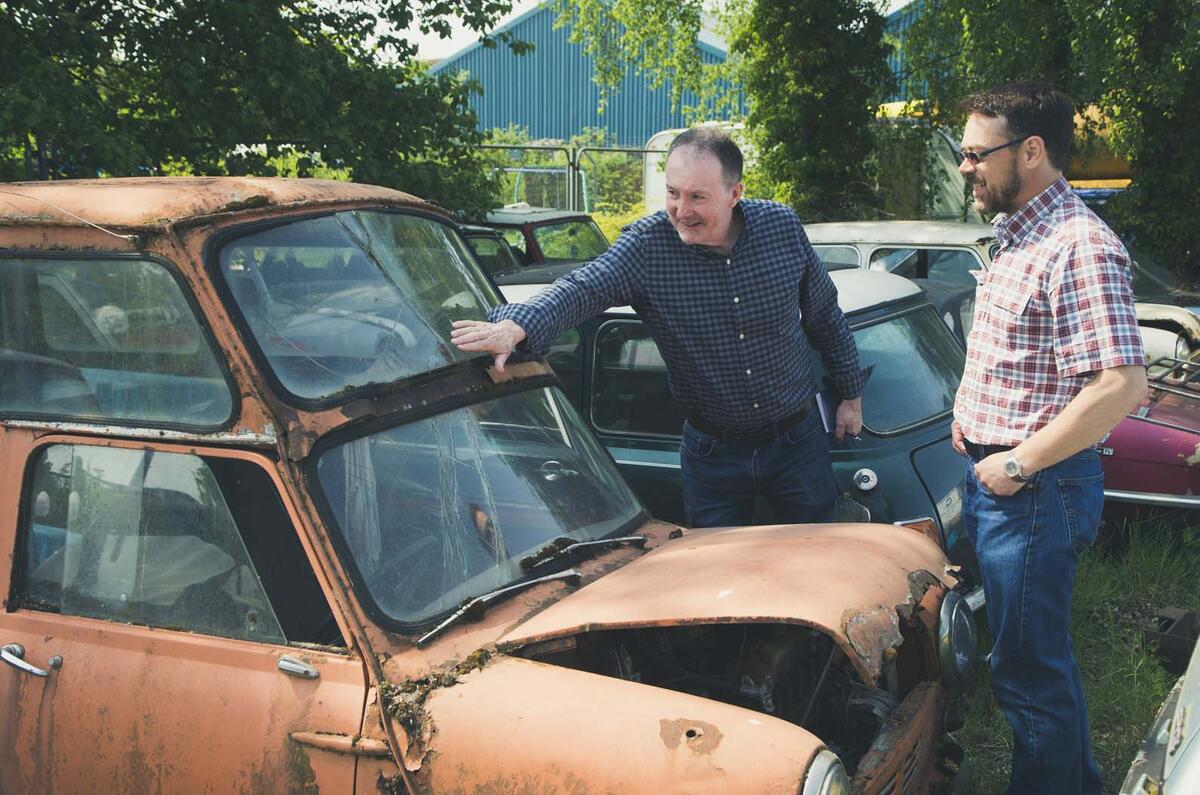
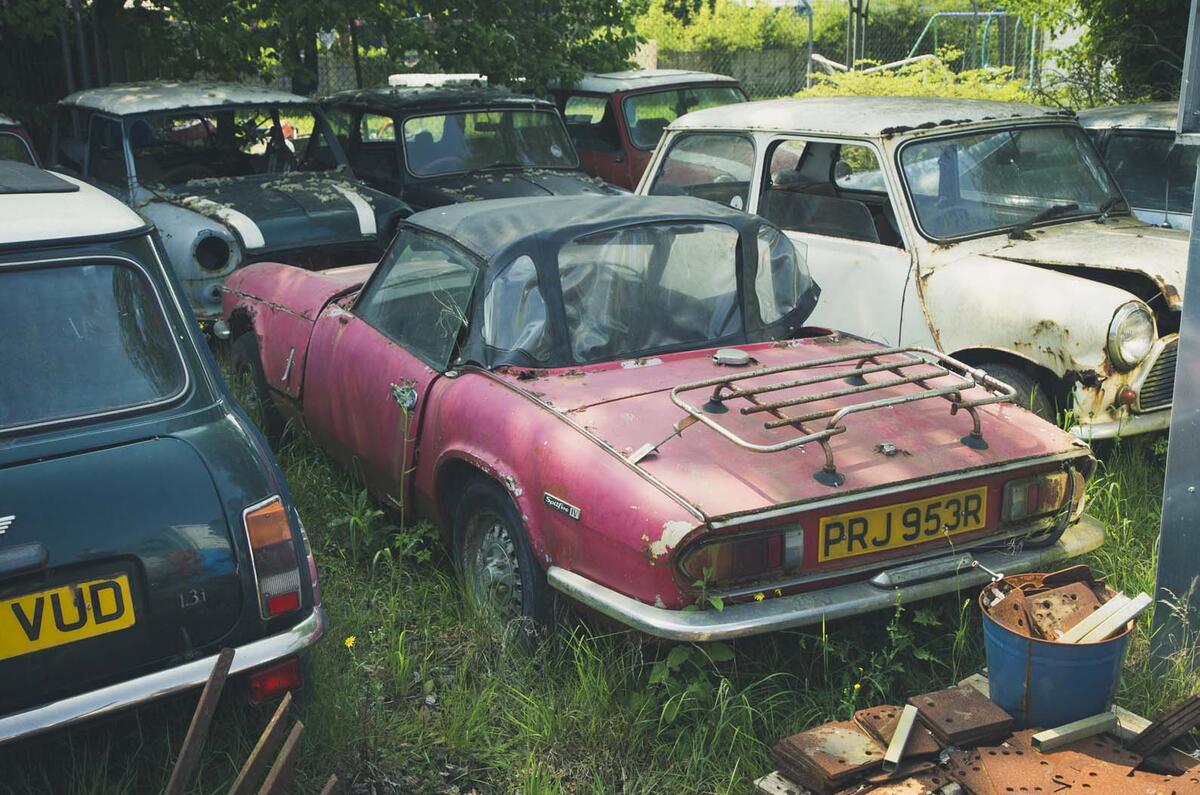
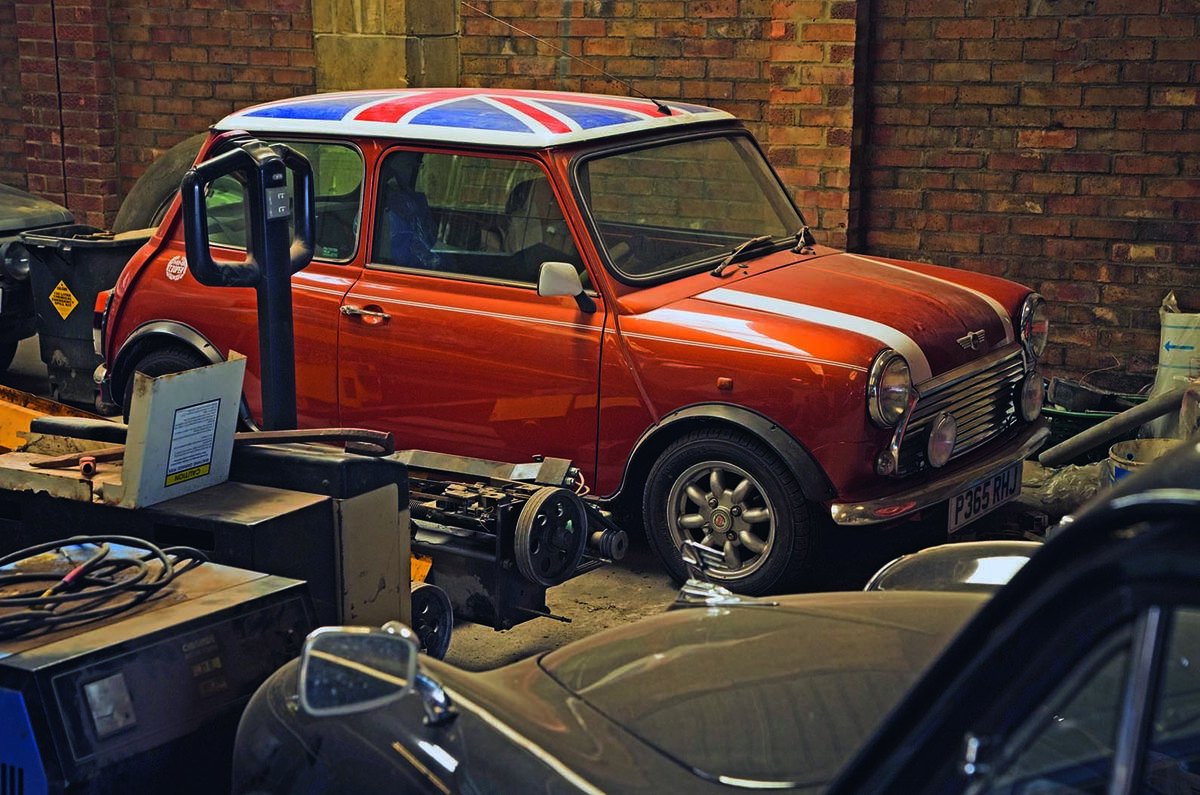
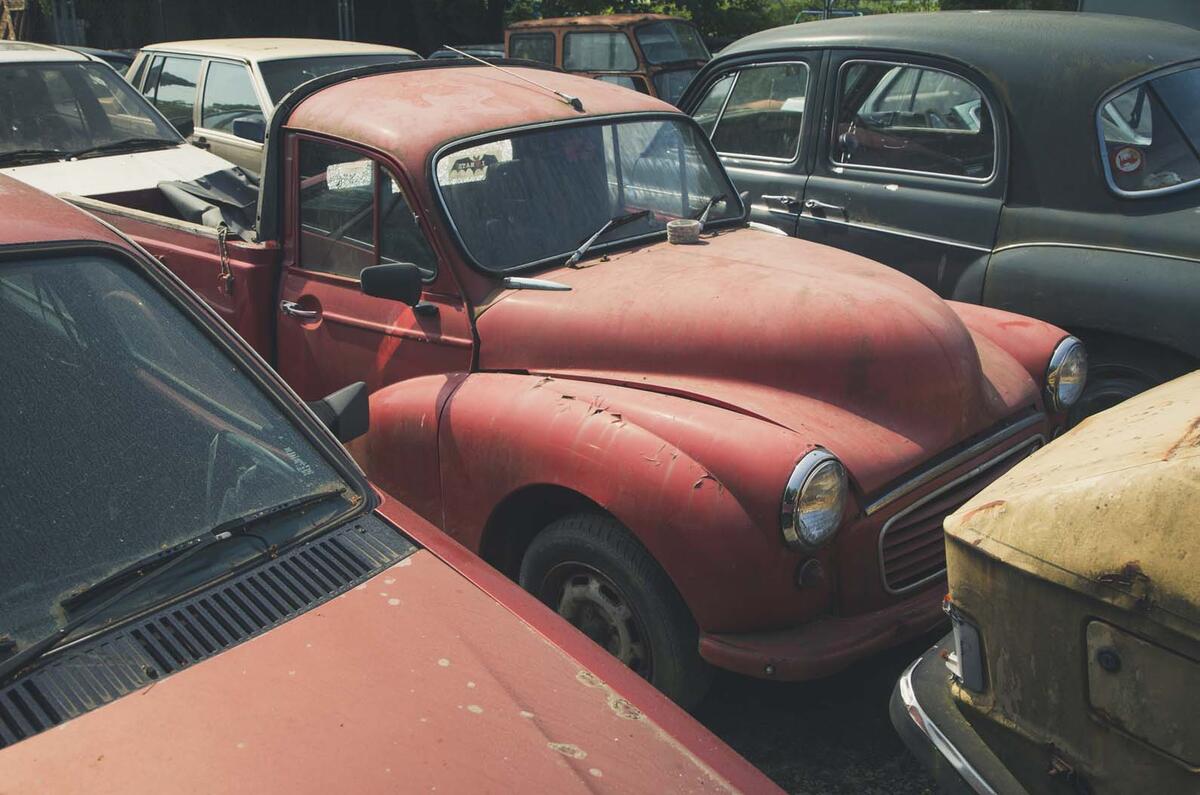
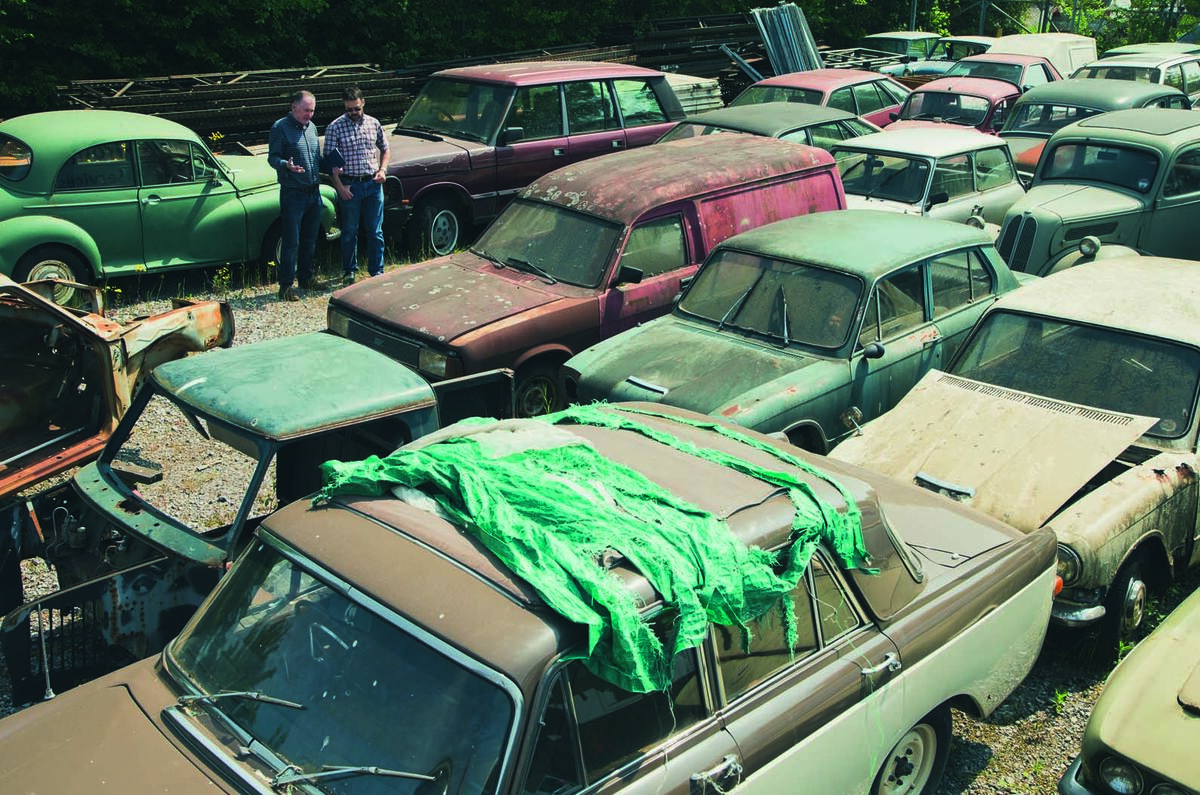
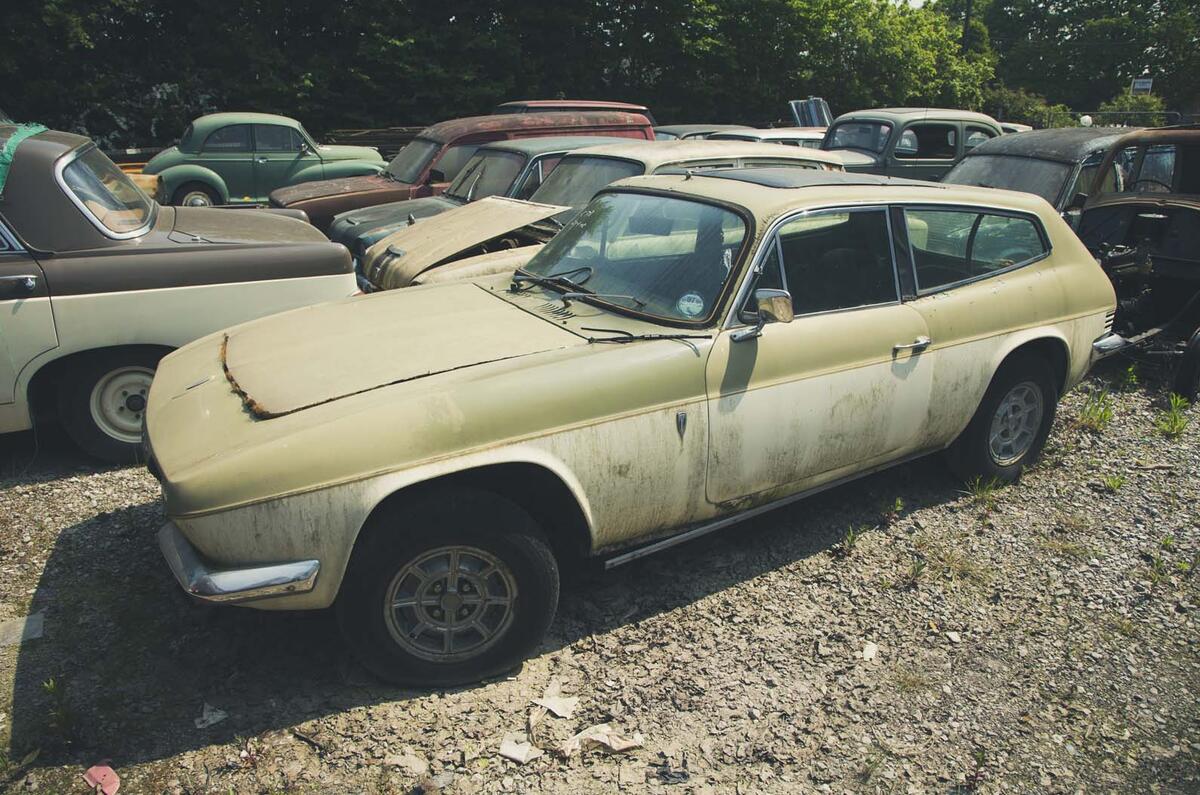
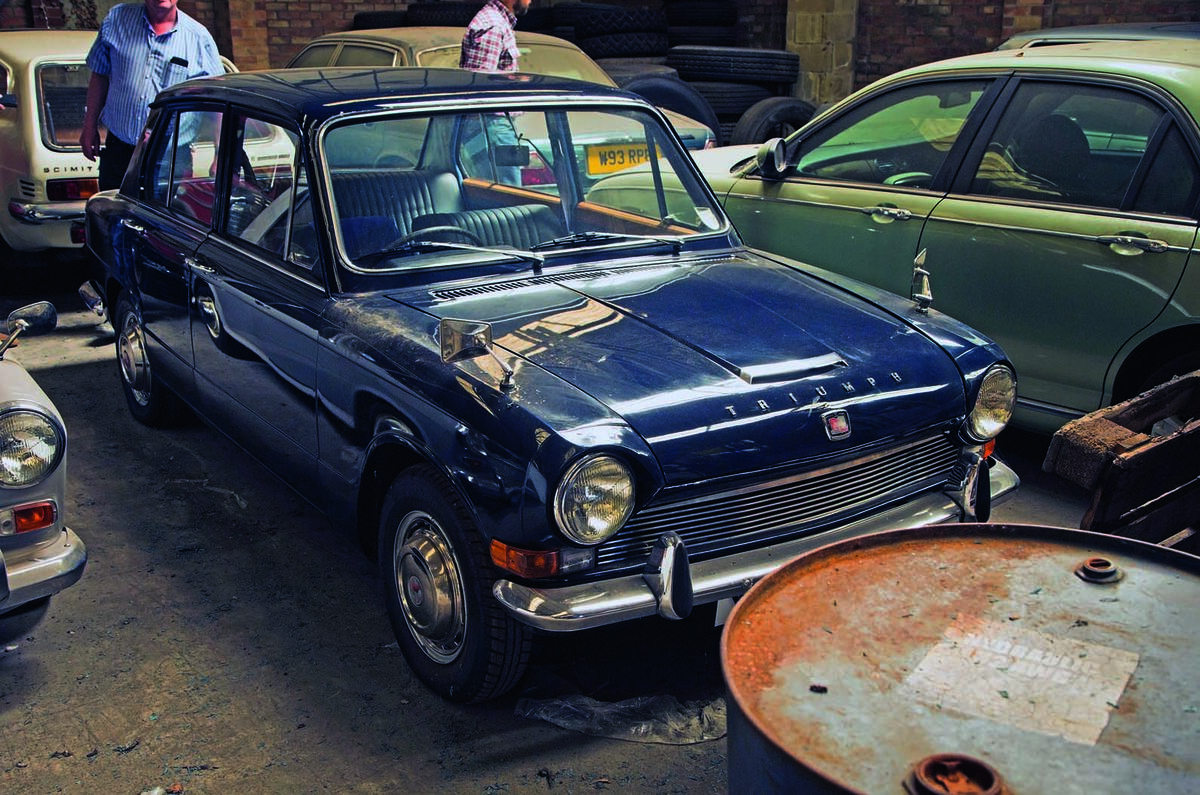

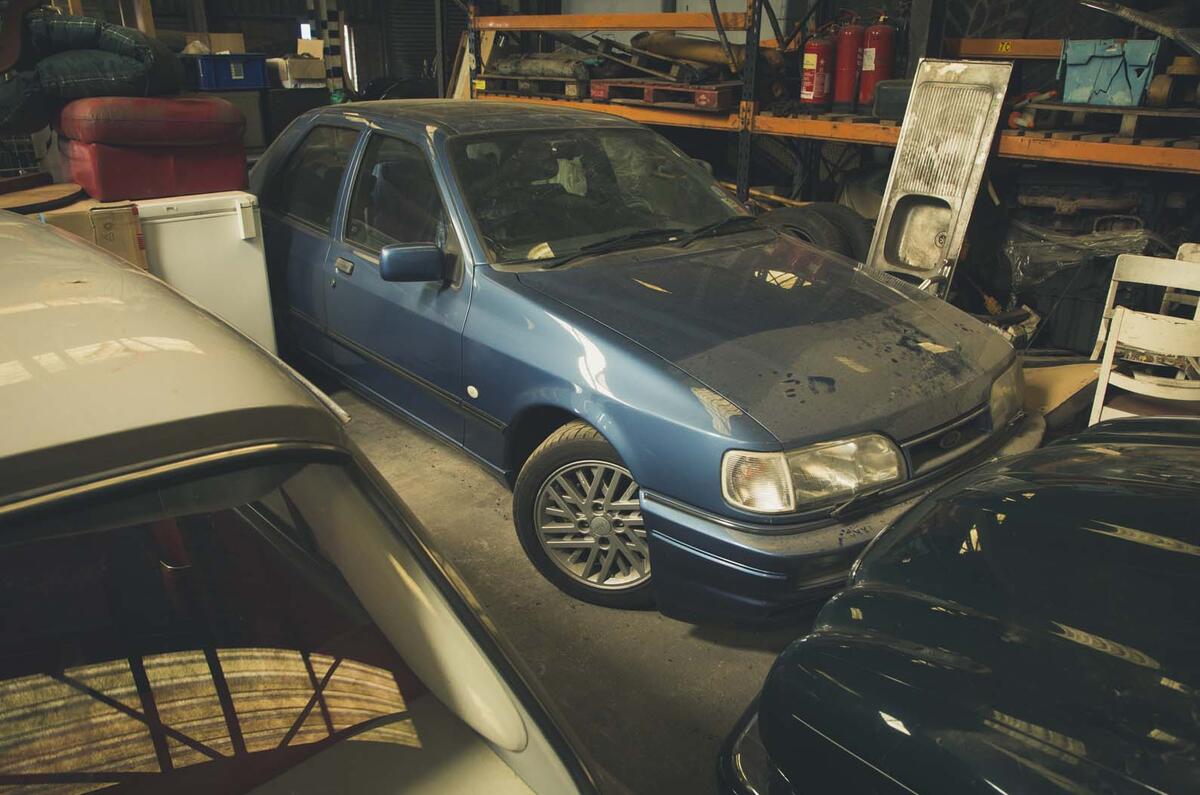
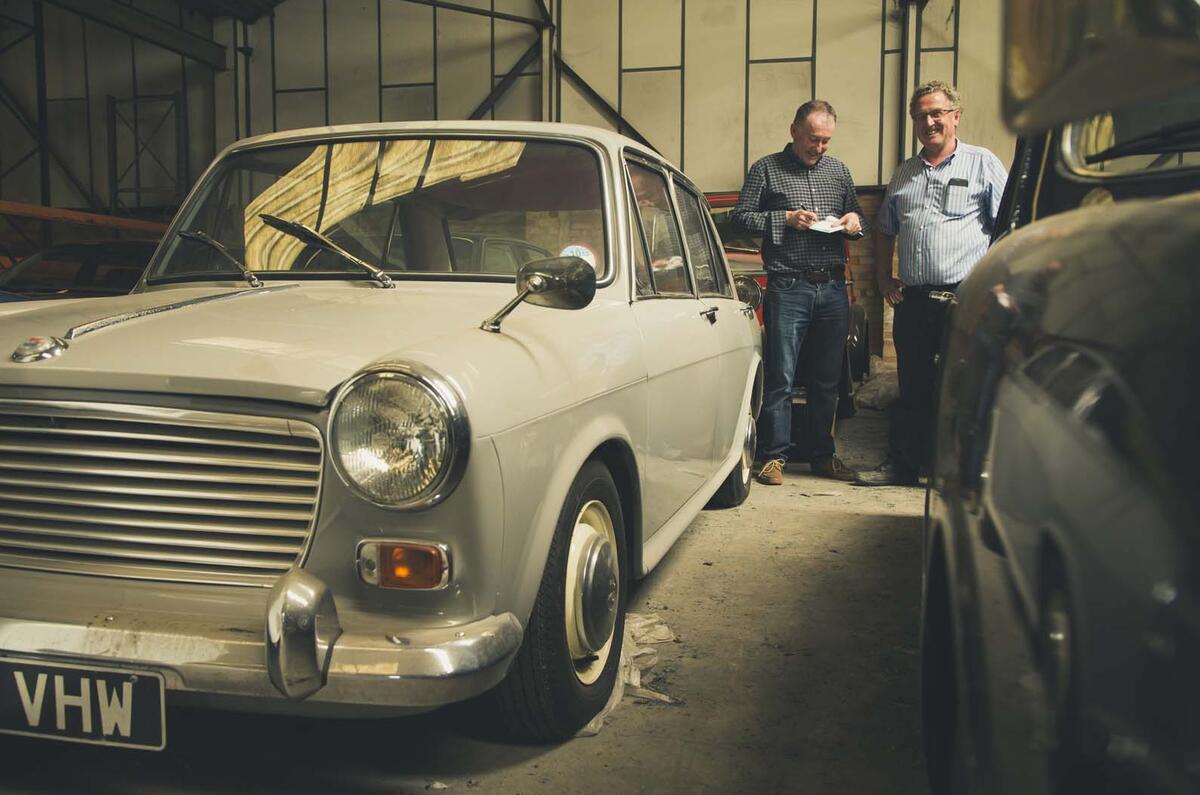
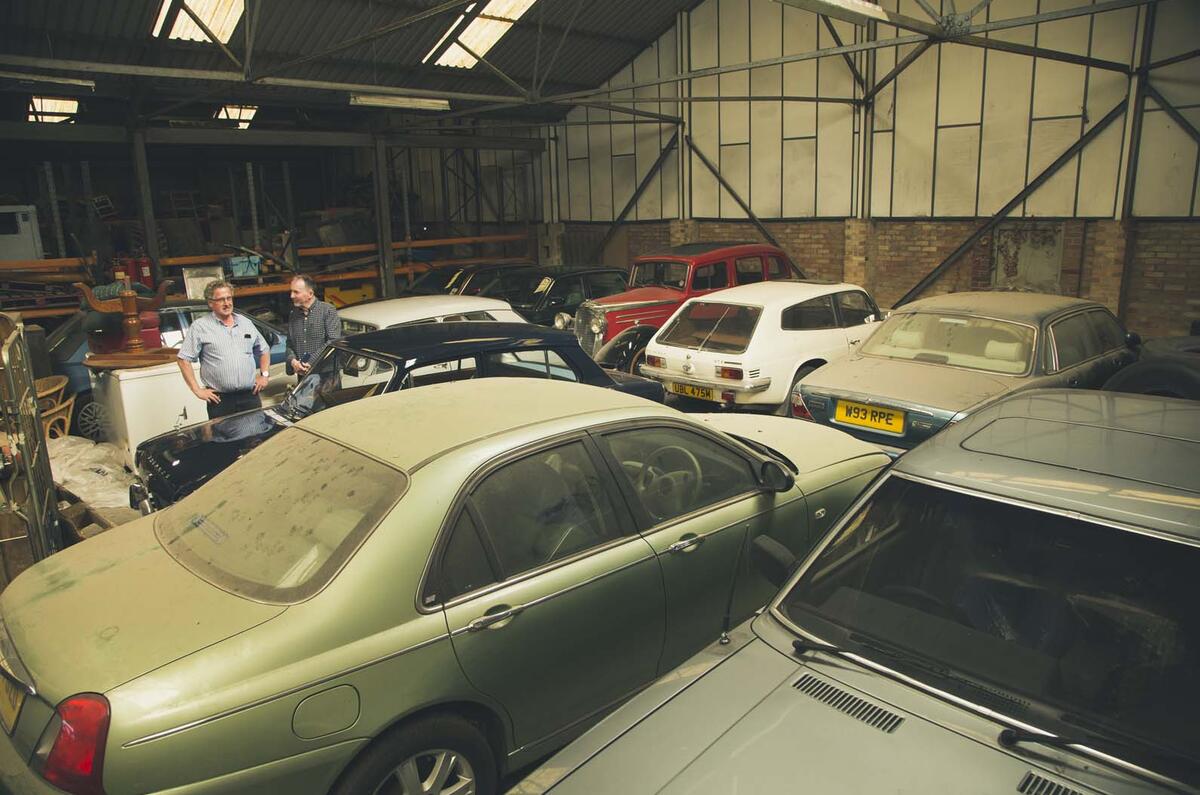
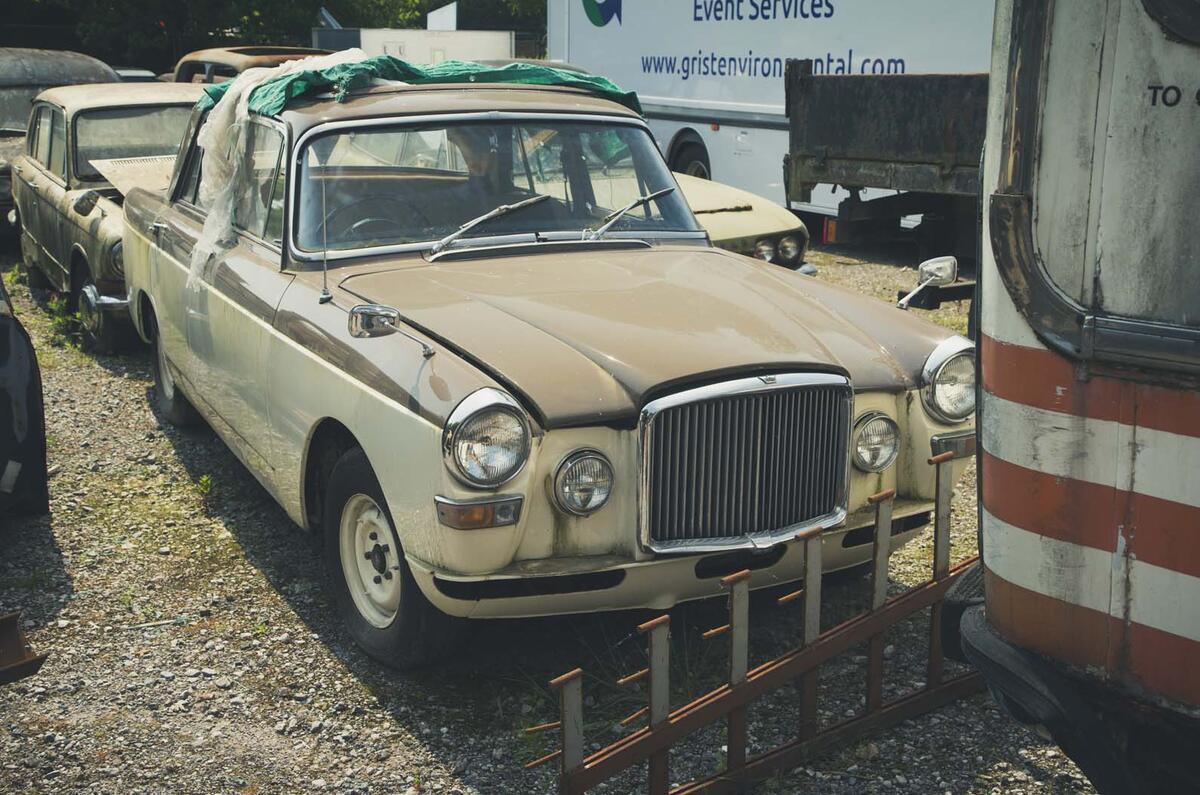
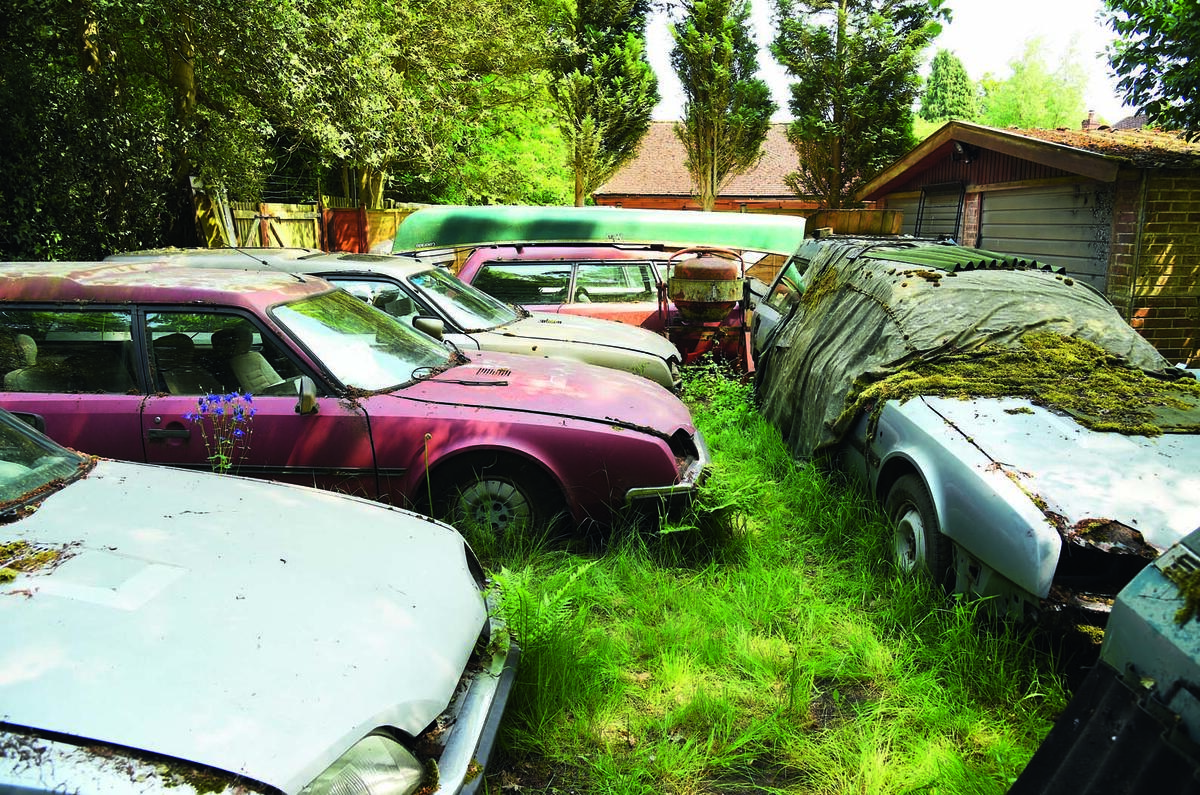
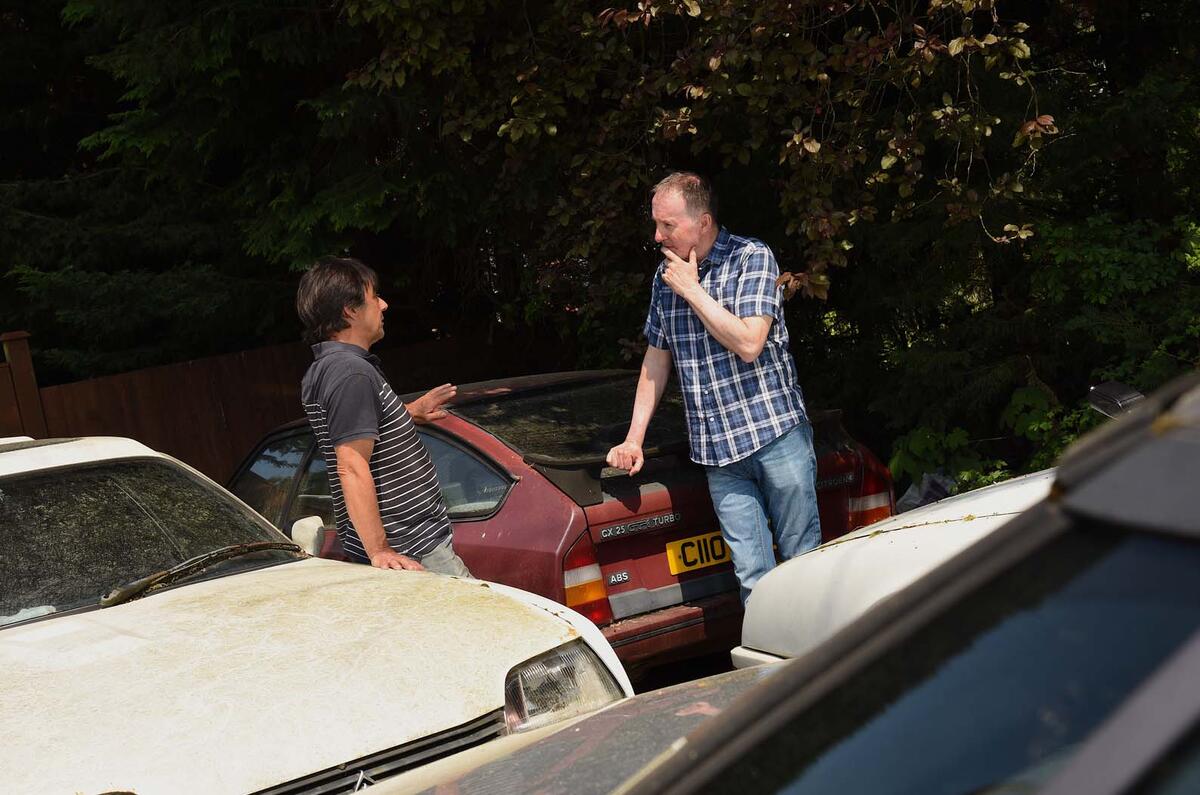
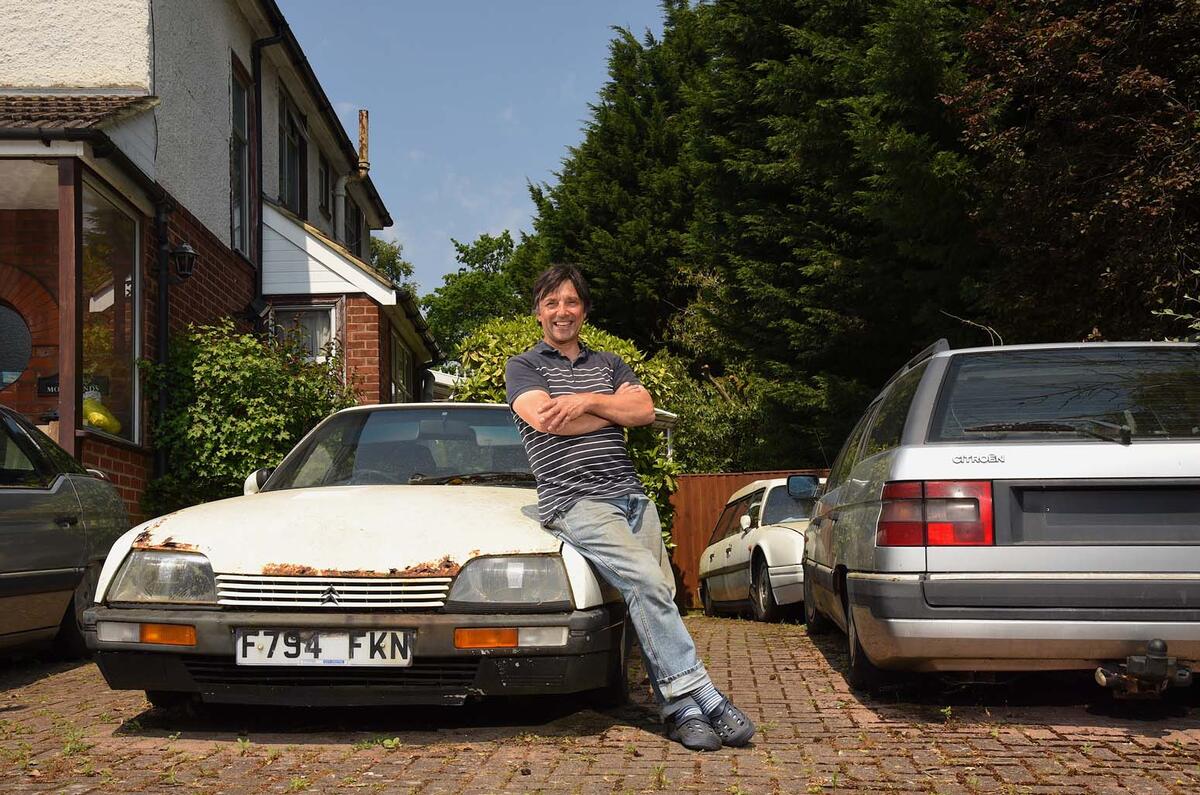
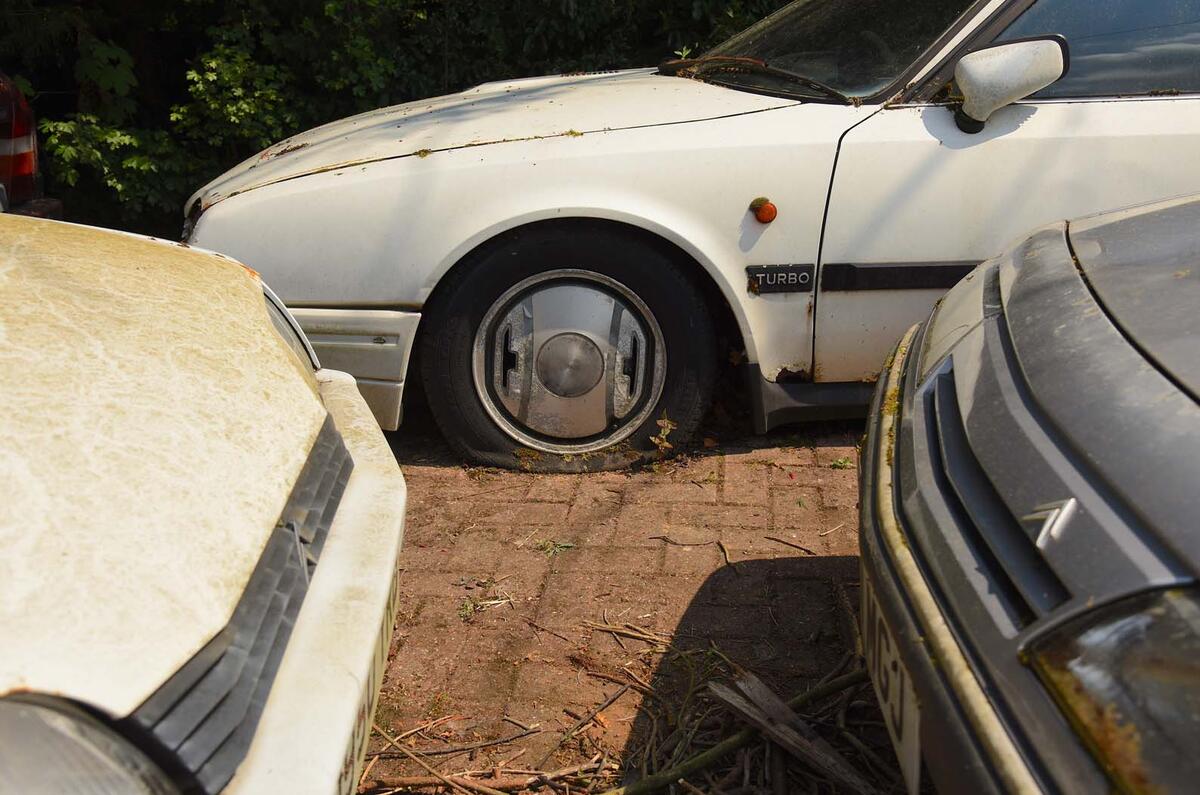
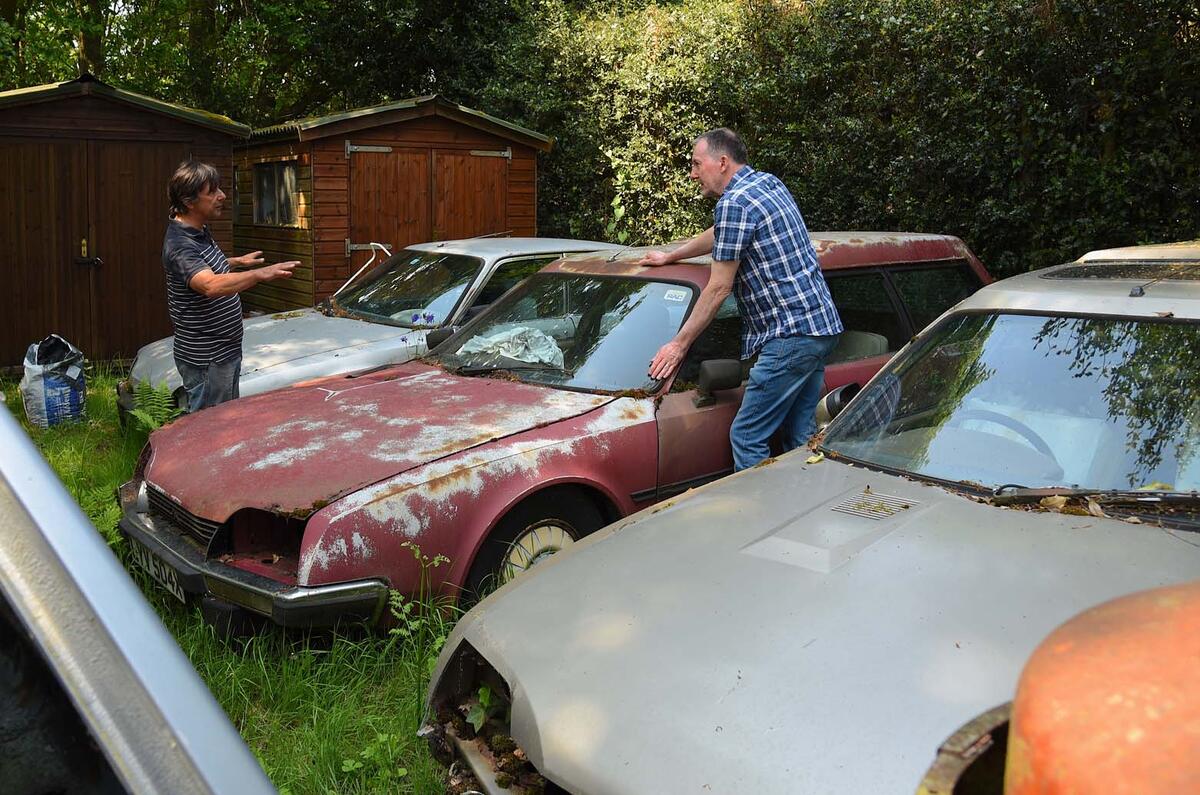
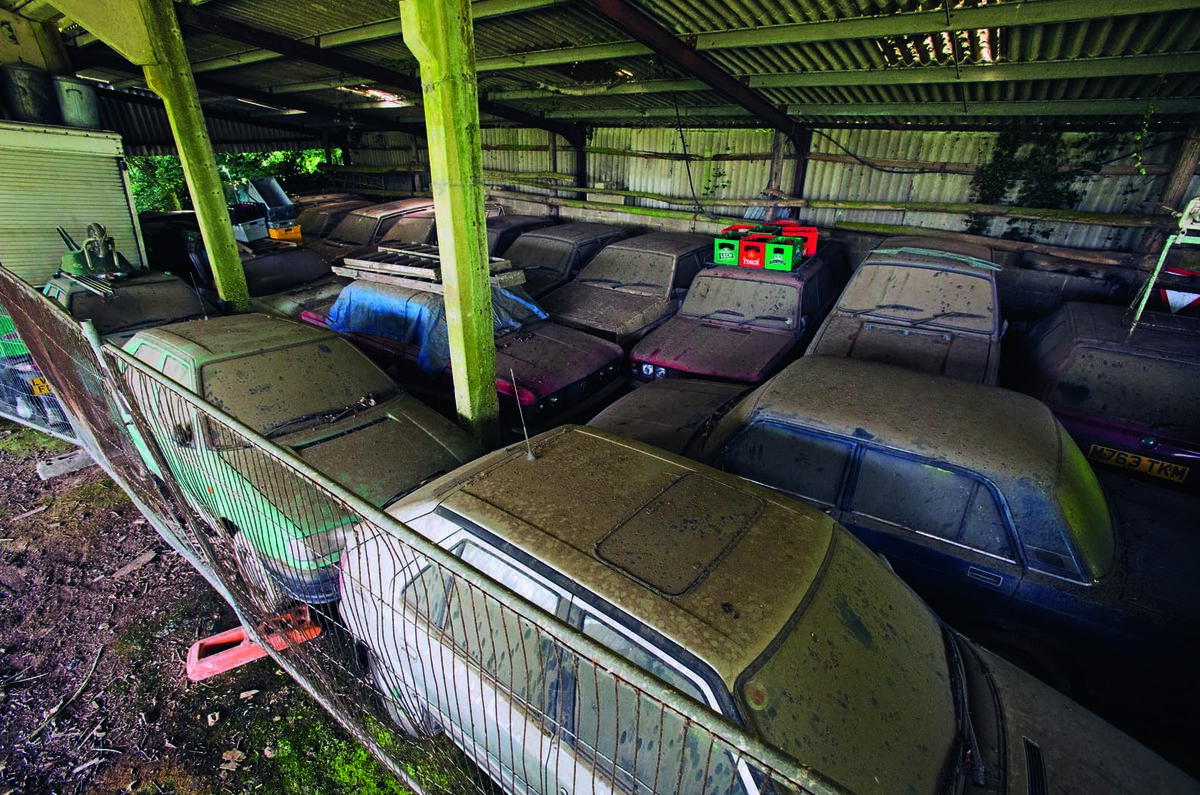
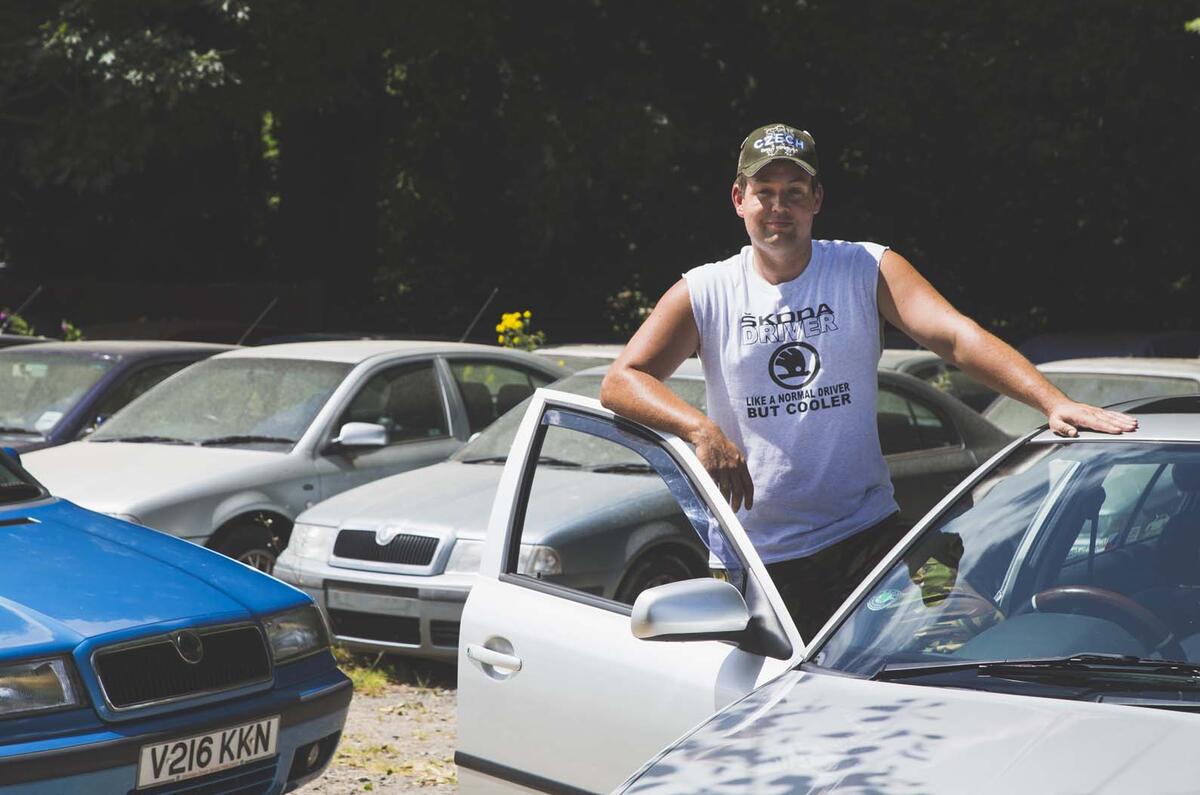
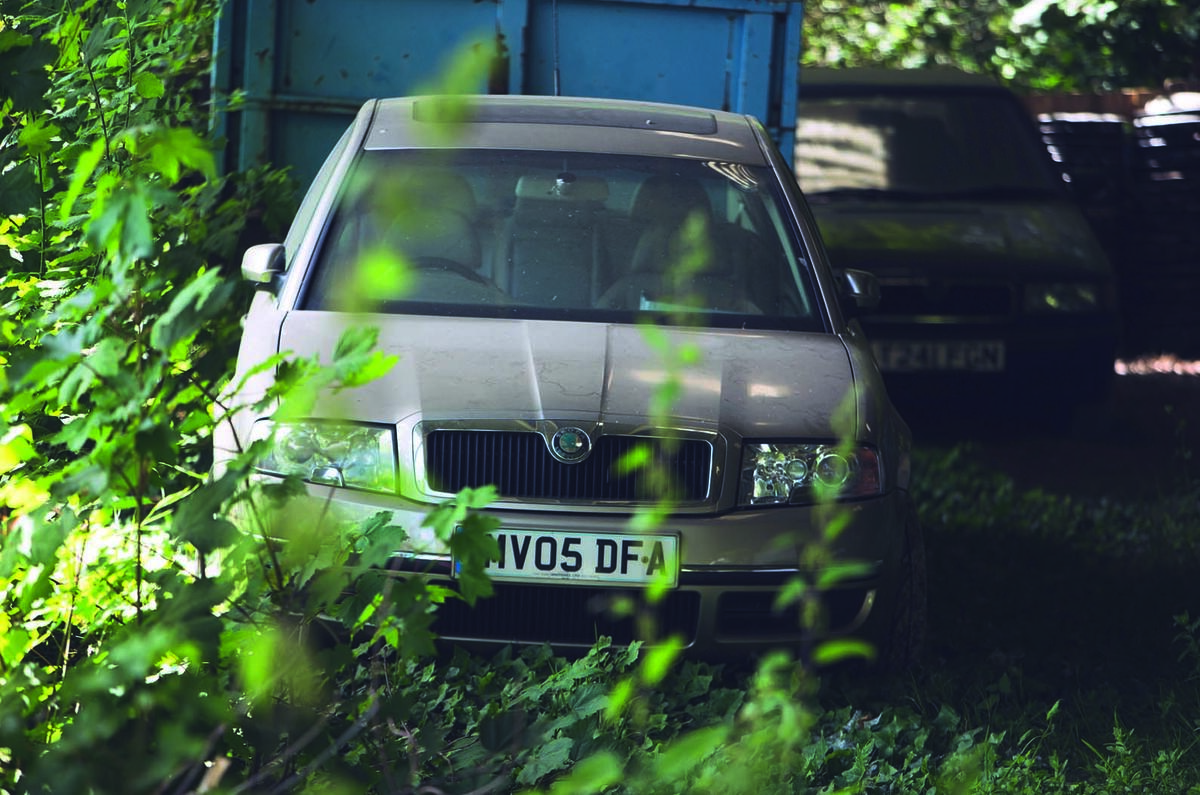
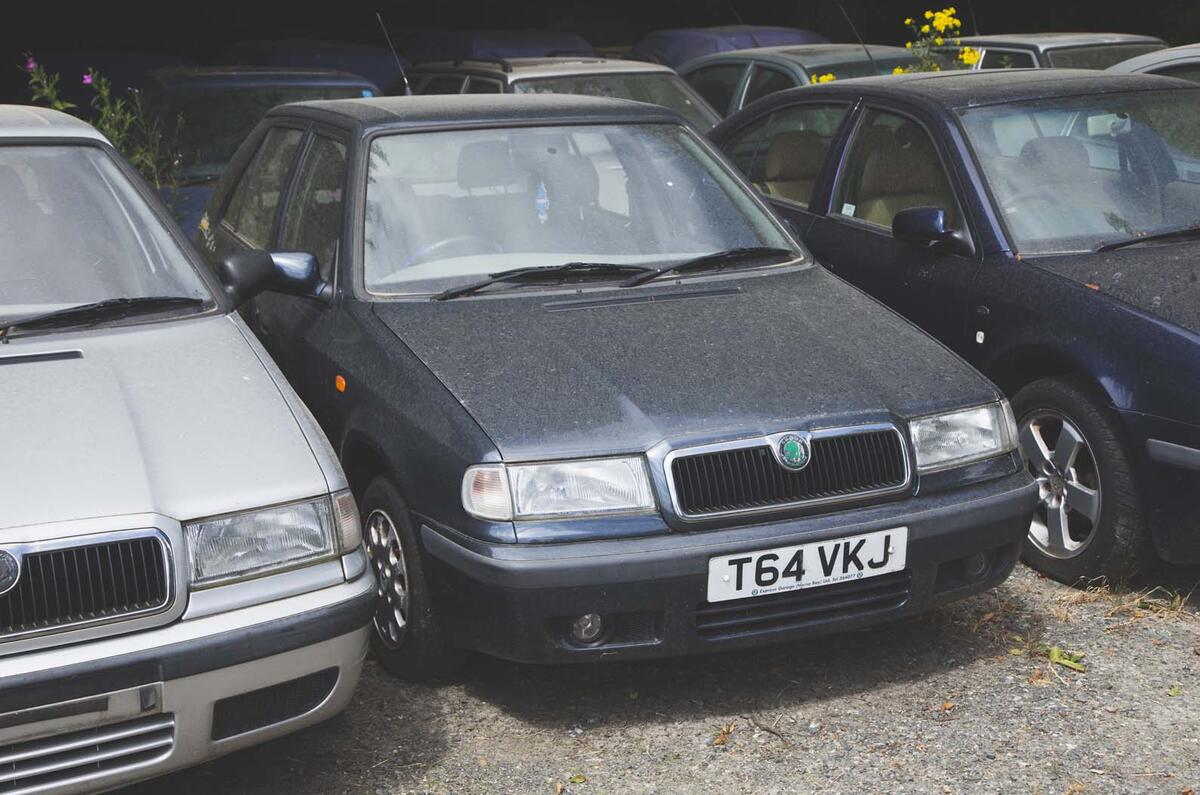
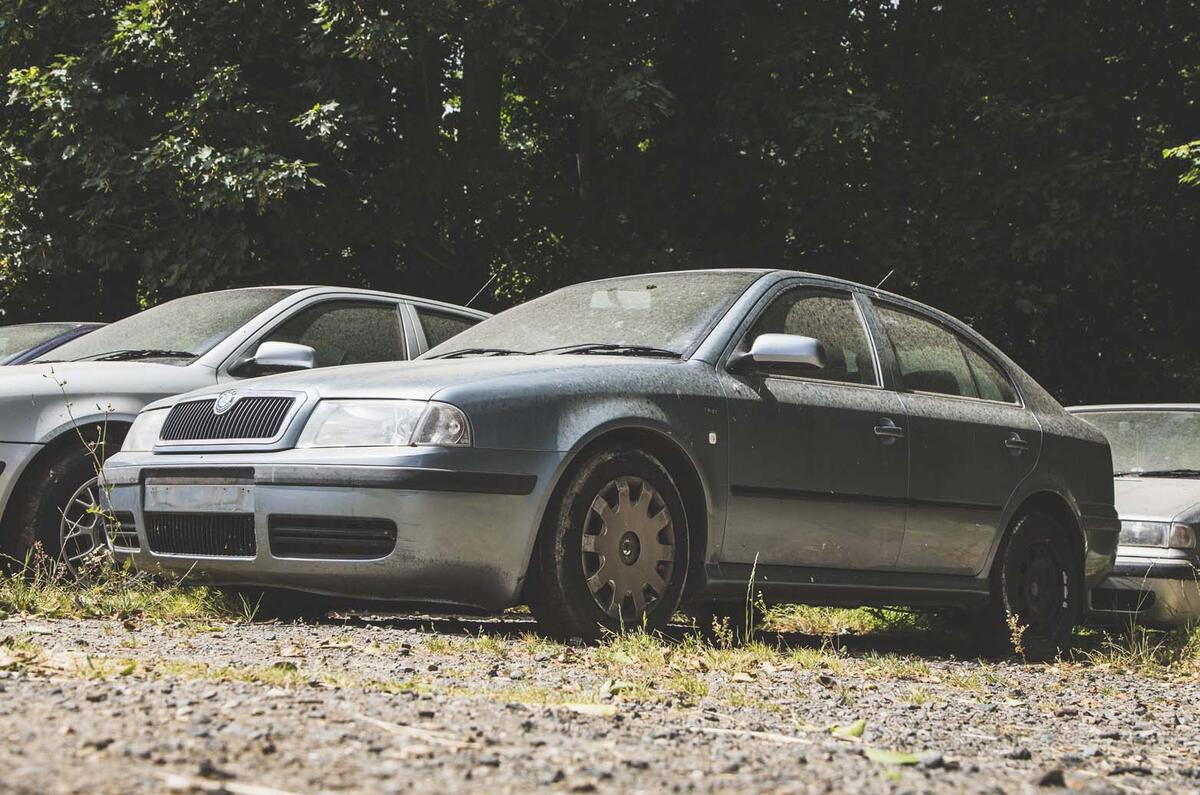



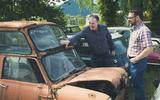




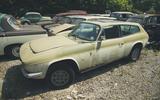










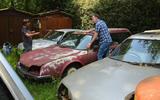


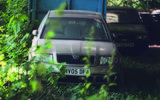



 A surprisingly complete-looking Morris Minor stands slightly to one side of the pack. Its green paint has faded but its chrome brightwork gleams and what rust there was appears to be superficial. The interior is amazing: no tears, no missing or sagging trim, and fittings all securely anchored.
A surprisingly complete-looking Morris Minor stands slightly to one side of the pack. Its green paint has faded but its chrome brightwork gleams and what rust there was appears to be superficial. The interior is amazing: no tears, no missing or sagging trim, and fittings all securely anchored.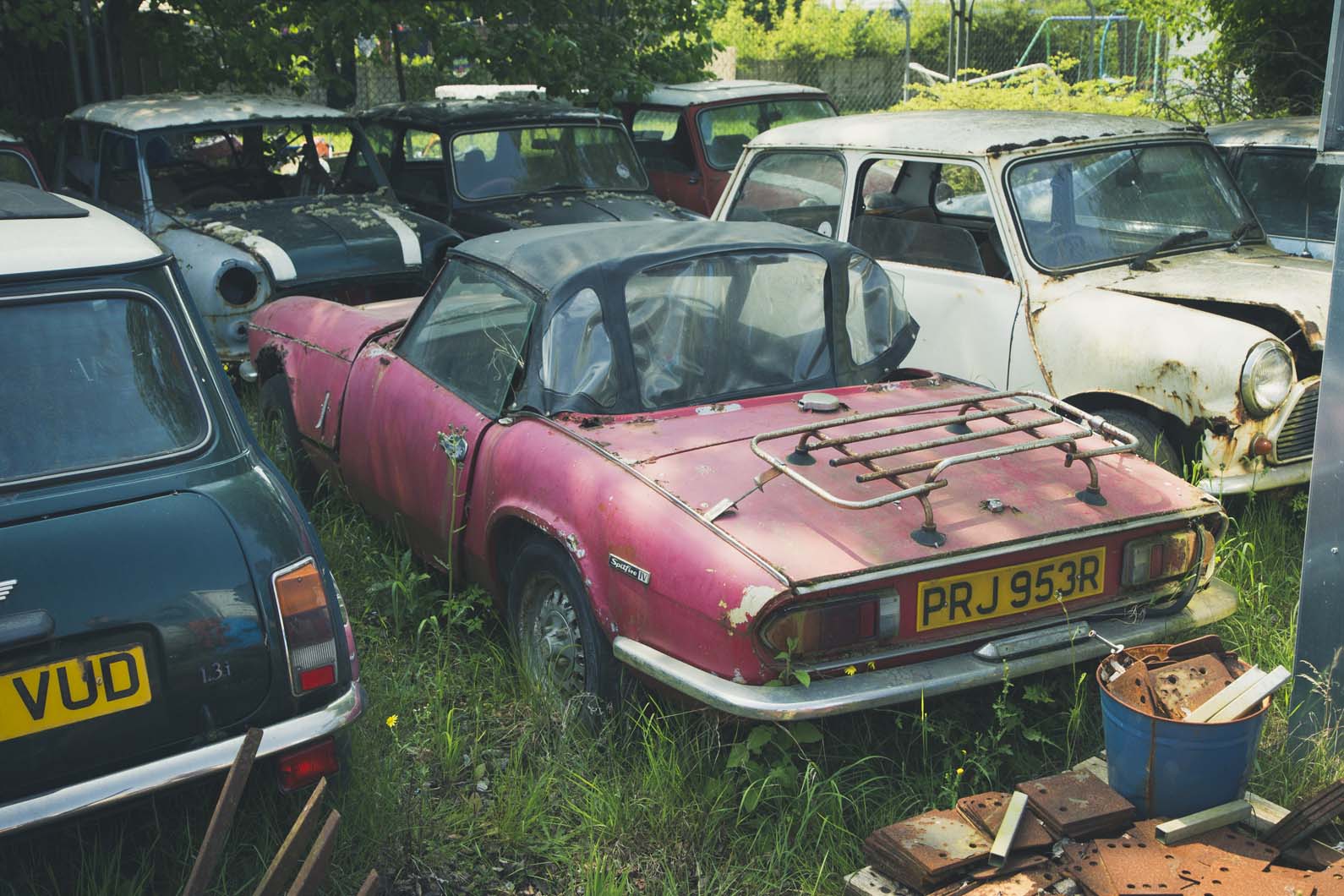
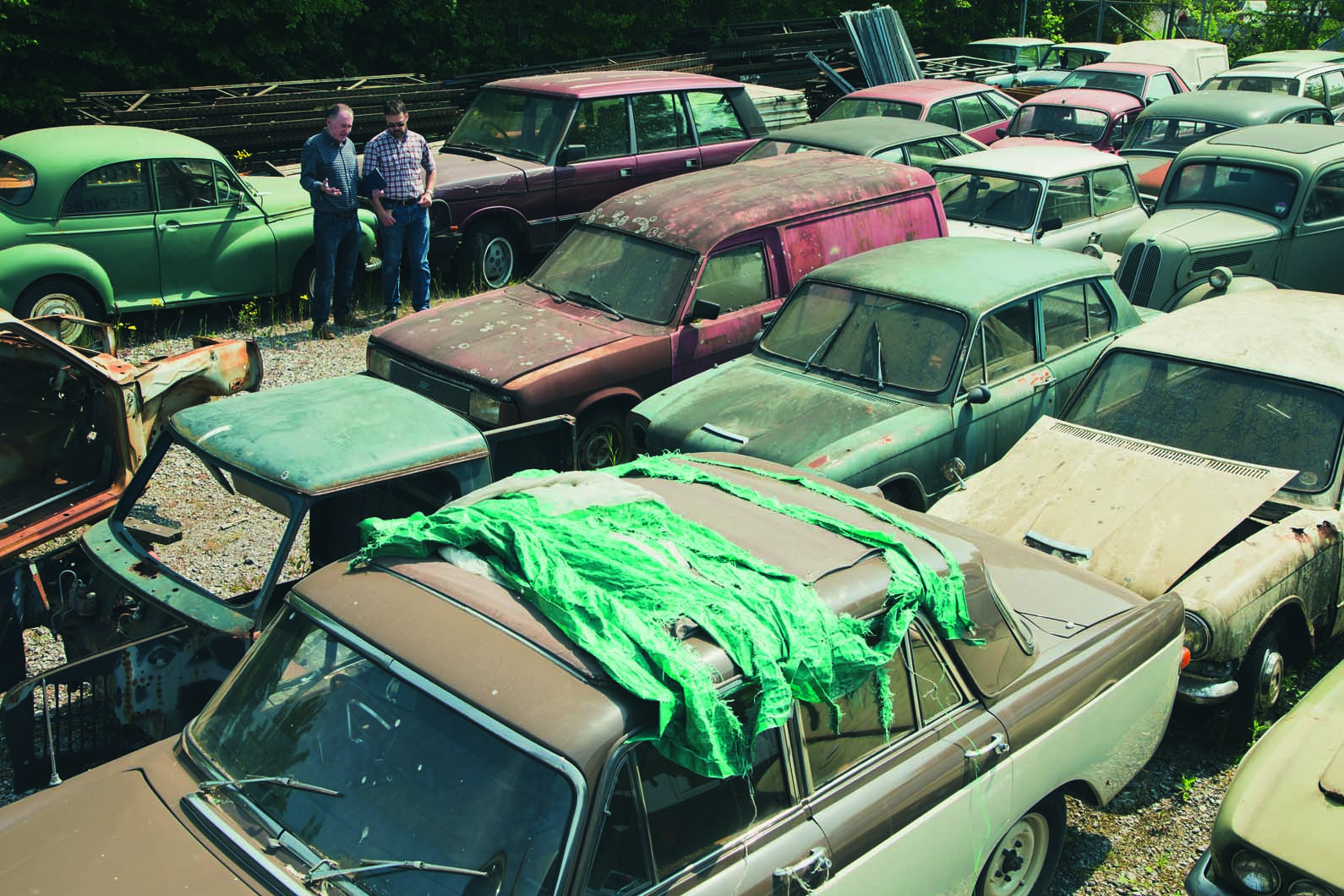
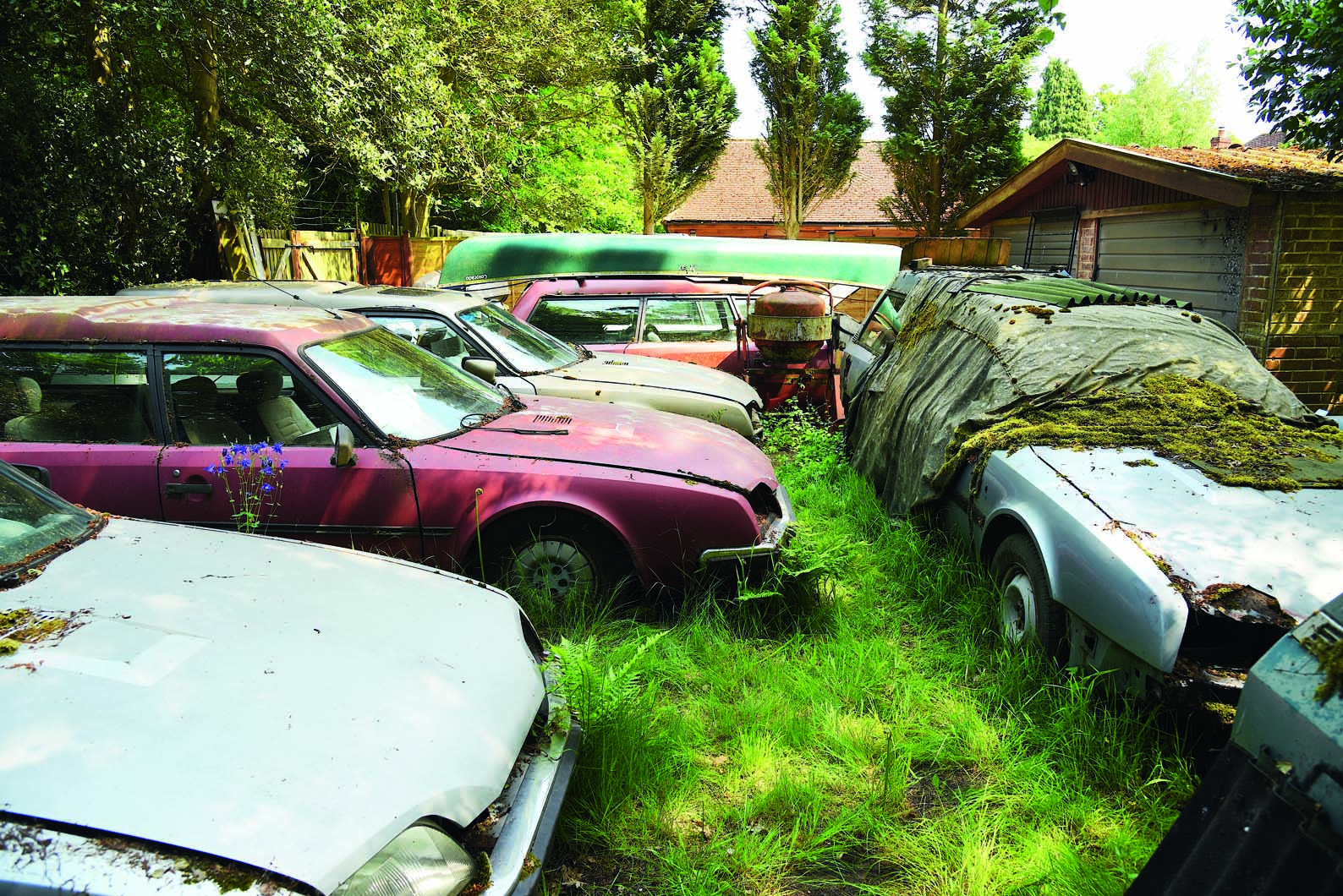
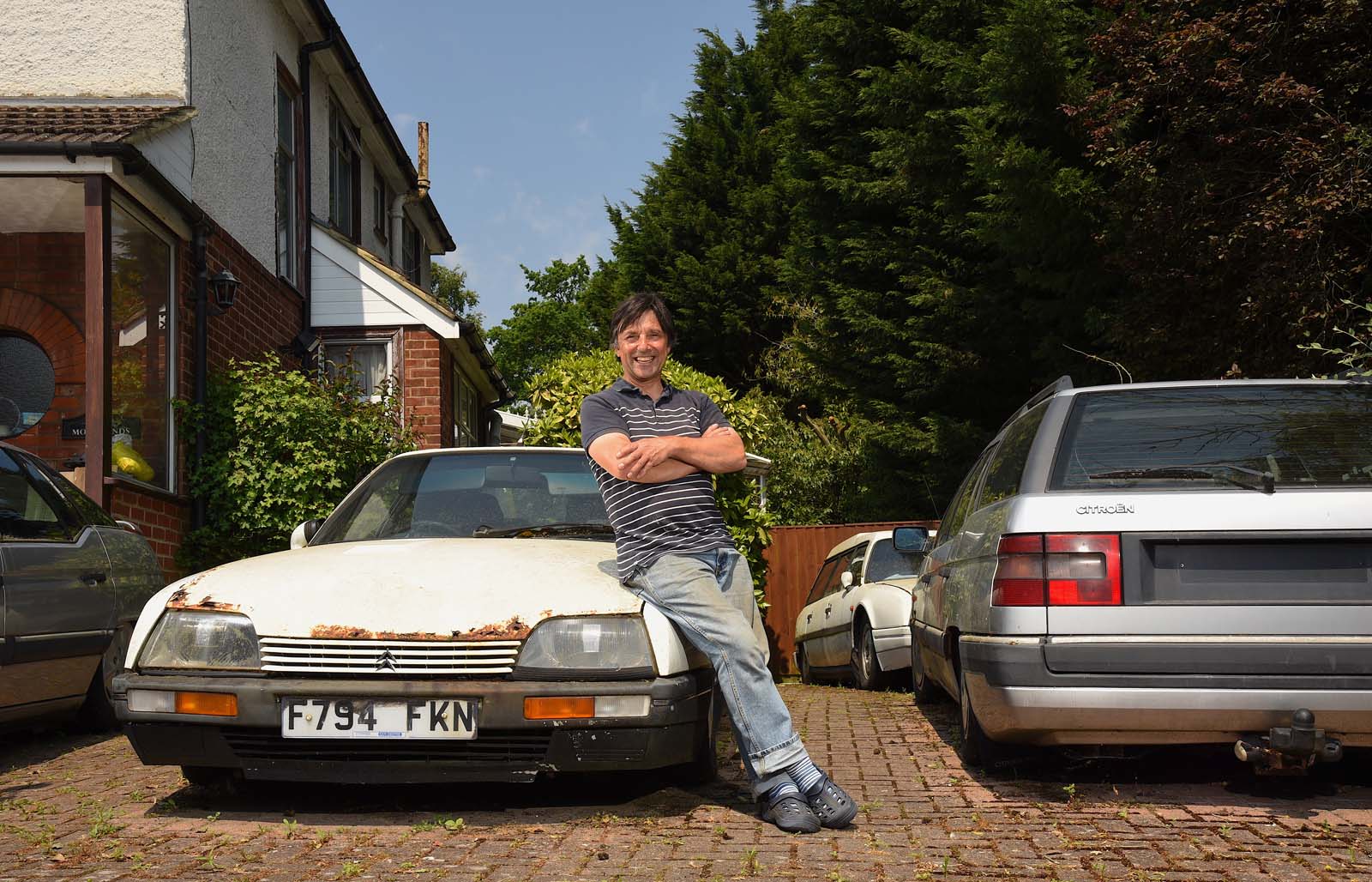
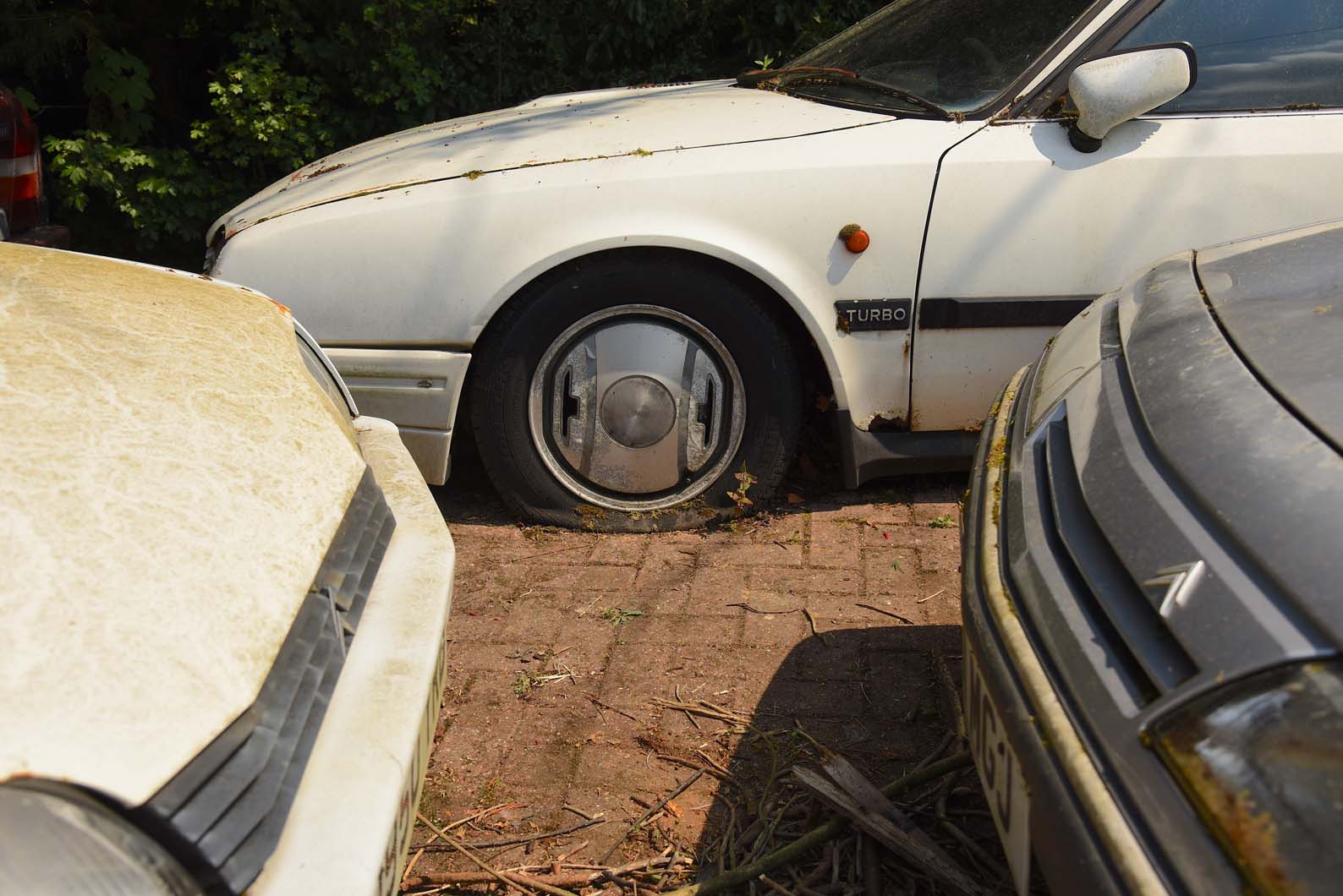
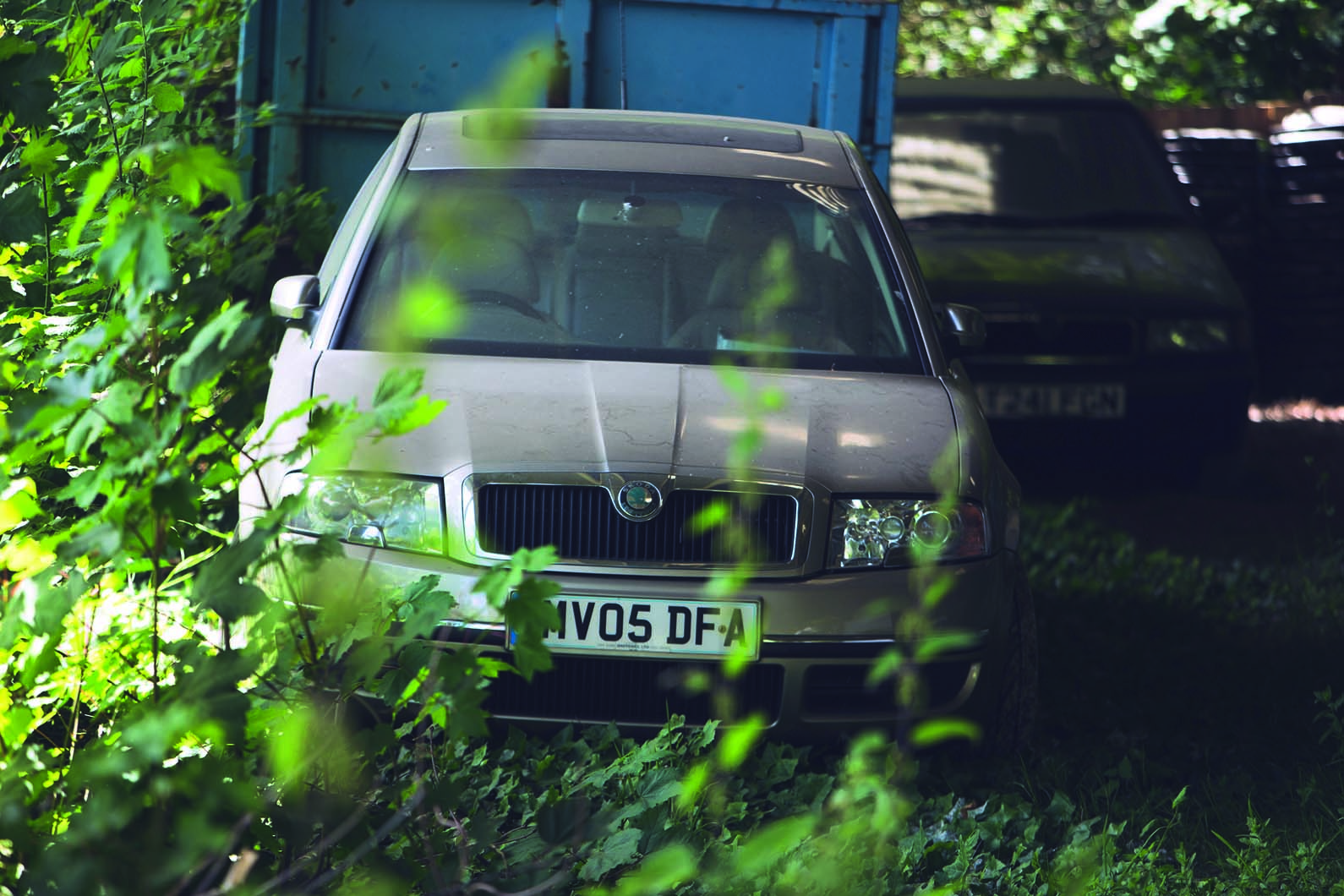
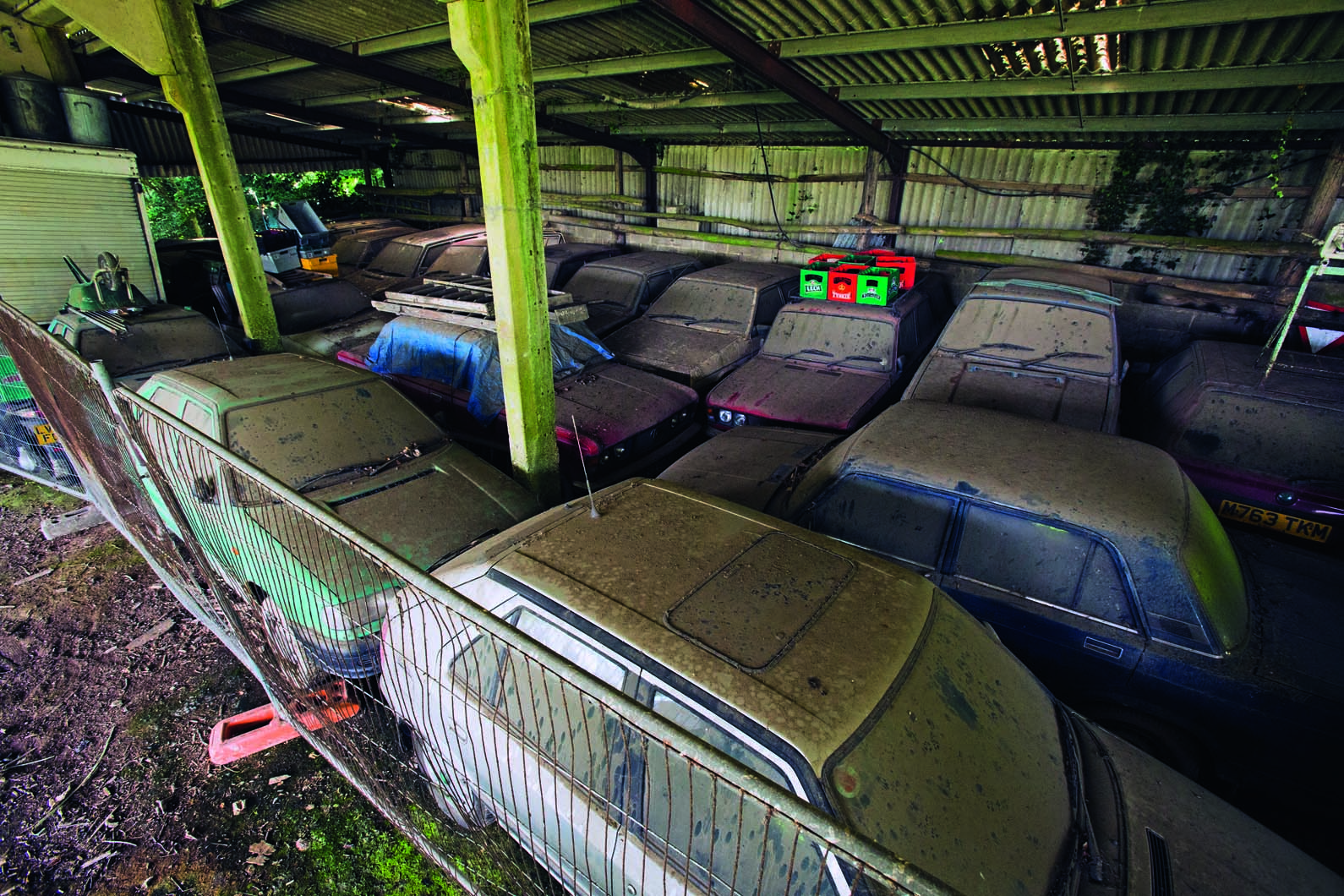

Join the debate
Add your comment
i think these guys perform a
i think these guys perform a useful task. One day the parts in these cars will be very useful for someone, even if the cars them selves are beyond slavation. There was a time when you could hardly give away an E Type. Who wouldnt mind having a shed full of them now? I am not saying i would choose to live next door to someone like this, and of course it would be better if they were undercover and out of sight.
Hoarders and dreamers.
Not if they've rotted away they won't.
.
"Find a used car on Pistonheads"
Ha! You must be joking.. The sales section of that website is a disaster. Their IT guy should be flogged.
This goes beyond being an enthusiast
Have to agree with the other posters, as fascinating as these collections are, leaving them in your garden to rot does no good to anyone. Why not use some car covers? Not perfect but it would help, though even storing them in a barn can't permanently stave off deterioration unless you want to invest in a climate controlled barn. I'm afriad this is more about hoarding than being a motoring enthusiast. There is already legislation in place that allows Council's to deal with untidy land and the garden with all the CXs risks attention from the Local Authority.